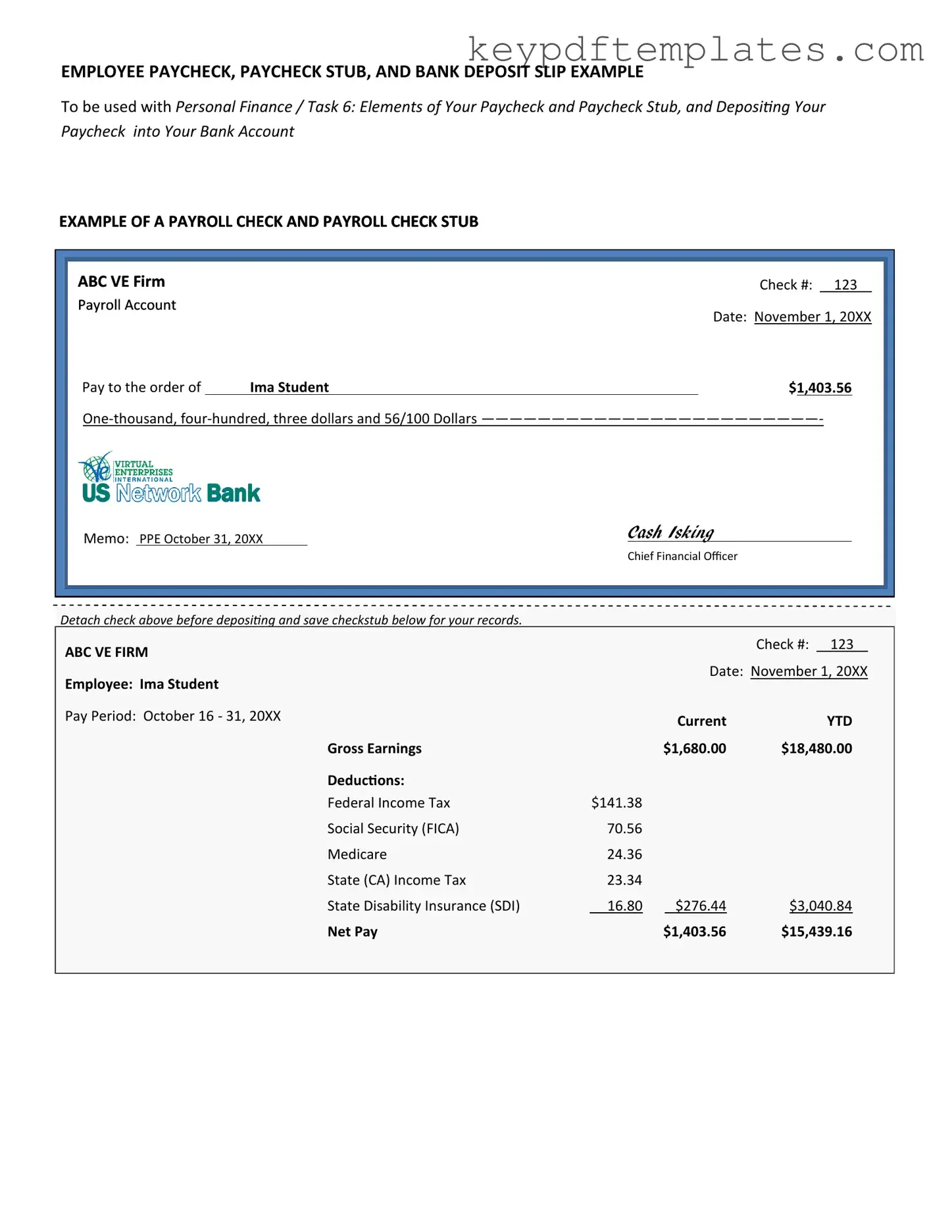Get Payroll Check Form
The Payroll Check form is a document used by employers to issue payments to employees for their work. This form outlines essential information, such as the employee's name, pay period, and the amount earned. Understanding how to properly fill out and manage this form is crucial for ensuring accurate and timely employee compensation.
Modify Document Online
